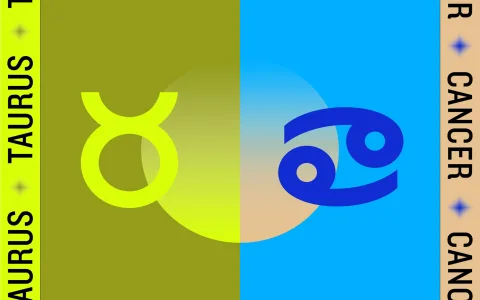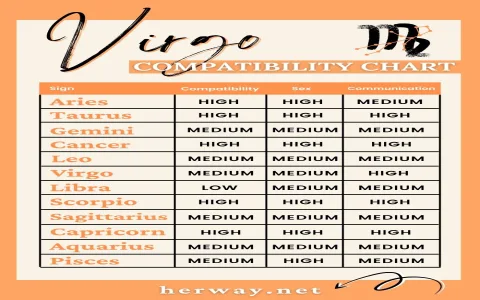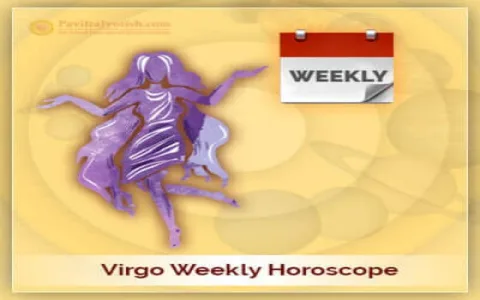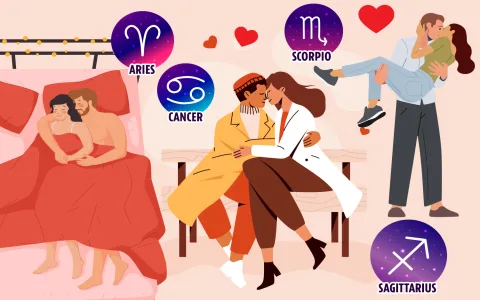I started this project because I was just plain exhausted by relationship drama. Seriously, I felt like everywhere I looked, people were either breaking up or screaming at each other over laundry. I’d spent too much time being the emotional punching bag for my friends, constantly listening to cycles of intense passion followed by catastrophic failure. I needed to find a baseline for survival, a template for boring, reliable, actual stability. I kept running into the same pattern: when things got sticky, the Virgo pairings I knew just… handled it.
It wasn’t glamorous. There was no movie-level romance involved, but they never seemed to fall apart. This stability wasn’t luck; I was convinced it was a practiced skill. I decided I had to deconstruct it. I didn’t just want to observe; I wanted to track the mechanics of their emotional engine. I was going to turn real-life relationship observation into a documentation project, like a field guide to conflict resolution.
The Selection and Data Acquisition Phase
The first thing I did was identify my subjects. I needed committed, long-term pairings where both people were confirmed Virgos. I intentionally
selected four distinct pairings:
- Couple A: Married M/F, 12 years together, owning a small business.
- Couple B: Dating F/F, 5 years, still maintaining separate apartments (classic Virgo boundary setting).
- Couple C: Cohabiting M/M, 7 years, focused heavily on shared financial goals.
- Couple D: Newly engaged M/F, 2 years, the testing ground for crisis management.
I couldn’t just tell them, “Hey, I’m analyzing your stability for a blog post,” so I devised a system of subtle interrogation. I organized weekly “friend meetups”—casual dinners, game nights, or quick coffees. During these sessions, I subtly
steered the conversation towards recent challenges—work stress, family obligations, minor household annoyances. I wasn’t looking for major screaming matches; I was looking for the low-level friction that normally erodes a partnership.
I opened a massive spreadsheet—naturally, to track the Virgo behavior effectively, I had to adopt their methodology. I cataloged every instance of conflict, no matter how small. I didn’t record the fight itself; I recorded the response cycle. My metrics focused on:
- Time to Acknowledge (how long until they admitted there was an issue).
- Method of Dialogue (Did they yell? Did they schedule a discussion?).
- Time to Implement Solution (how quickly did they deploy an actionable fix).
The Revelation: Auditing, Not Arguing
What immediately jumped out at me was that these couples rarely raised their voices. They weren’t fighting; they were conducting a quality control audit on the relationship. The emotional volatility that kills other couples was simply absent. Instead of saying, “You never help!” they would say, “I’ve noticed the chore distribution has been unequal for the last 72 hours, which is impacting my energy levels; let’s restructure the task list.”
I documented a specific instance with Couple C, who had a serious disagreement about buying a new appliance. Instead of letting it fester, they created a pro/con list, assigned numerical weights to each factor (cost, efficiency, lifespan), and then collaboratively calculated the expected ROI (Return on Investment) of the purchase. The argument was resolved not through emotional compromise, but through objective data analysis. They found common ground not in feelings, but in facts.
This is where the emotional stability secret power crystallized. Their natural inclination towards order and detail isn’t just about clean cupboards; it’s about having a detailed blueprint for their emotional life. When crisis hits, they don’t panic; they pull out the manual. The stability isn’t an inherent trait; it’s the result of continuous system maintenance.
I spent eight months on this cycle—observing, recording, and analyzing. I compared their communication structures and charted their resolution efficiency. I kept thinking, “Where is the explosion? Where is the reckless abandon?” But it never came. They just kept tuning the machine.
The Unexpected Personal Pivot
The whole project came to a screeching halt not because I ran out of data, but because my own life imploded. I got blindsided by a job layoff, and almost immediately after, I had a complex family emergency I had to handle. I was a mess. I tried to process it the way I usually did: calling friends, venting, stressing out, spiraling.
In a moment of desperation, I called up one of my Virgo subjects, not to gather data, but just to cry. I expected sympathy. Instead, my Virgo friend listened patiently, and when I finished my dramatic monologue, he didn’t coddle me. He verbally structured a three-phase recovery plan for me. Phase 1: Immediate stabilization (financial buffer setup). Phase 2: Information gathering (researching family aid options). Phase 3: Execution (setting realistic deadlines for job hunting).
He didn’t offer feelings; he offered architecture. He delivered practical stability when my own emotional structure had collapsed. That’s when I finally understood the point of the whole practice. I wasn’t just documenting an abstract astronomical phenomenon; I was seeking out the tools they used, because I desperately needed them myself. I closed the massive spreadsheet that night. The practice was complete. The Virgo secret power isn’t magic; it’s just damn good, meticulous, and persistent organizational skills applied to the most chaotic thing in existence: human emotion. And they had perfected it.






